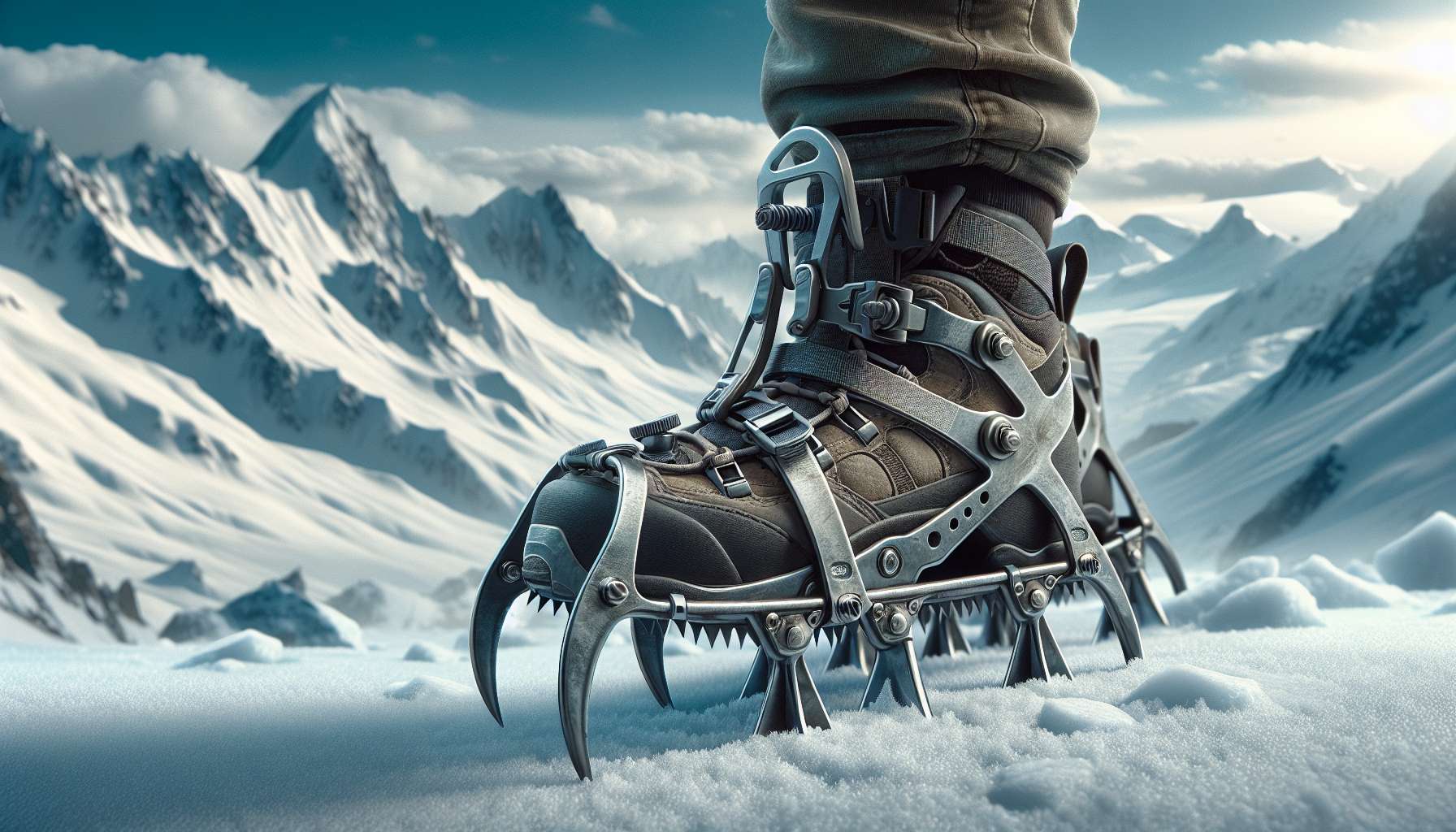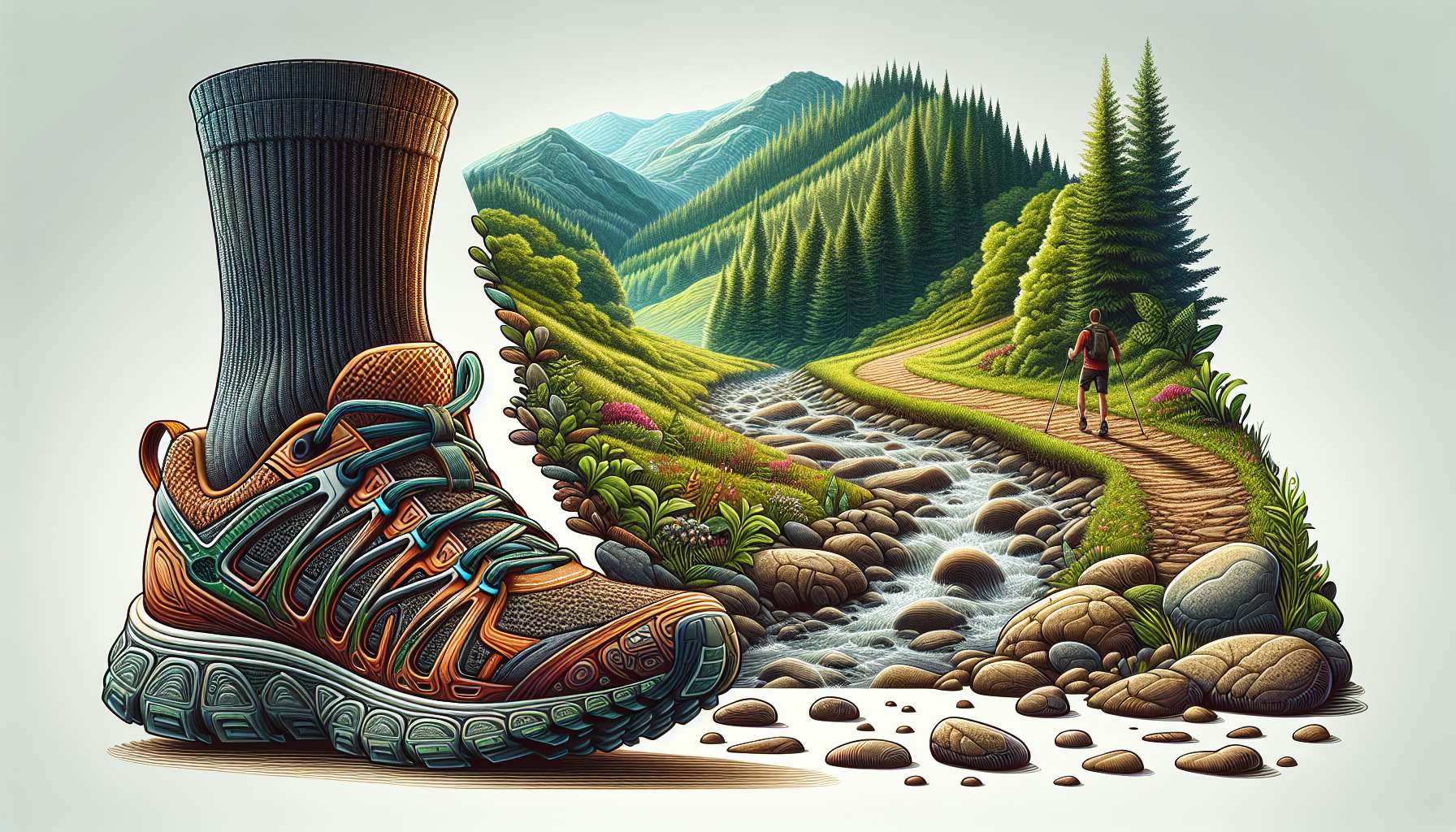Gaiters for Hiking: The Ultimate Guide
Embarking on a hiking adventure can be an exhilarating experience, allowing you to connect with nature and challenge yourself physically. However, as you navigate through rugged terrains and unpredictable weather conditions, it’s crucial to equip yourself with the right gear to ensure a comfortable and safe journey. One essential piece of equipment that often goes overlooked but plays a significant role in enhancing your hiking experience is gaiters. These protective coverings for your lower legs can make a world of difference in keeping you dry, warm, and free from debris while trekking through various landscapes.
The Basics of Gaiters
Before delving into the specifics of gaiters for hiking, it’s essential to understand what gaiters are and how they function. Gaiters are protective coverings worn over your boots and lower legs, typically made of a durable, waterproof material such as Gore-Tex or nylon. They are designed to shield your feet and lower legs from water, mud, snow, rocks, thorns, and other debris that you may encounter on the trail. Gaiters usually extend from your ankles to just below the knee, providing full coverage and protection.
There are several types of gaiters available, including low gaiters that only cover the ankle and mid gaiters that extend to the mid-calf. High gaiters, also known as knee gaiters, offer the most protection by reaching up to the knee. The choice of gaiter type depends on the terrain and weather conditions you will be facing during your hike.
The Benefits of Using Gaiters
There are numerous benefits to incorporating gaiters into your hiking gear. One of the primary advantages is that gaiters help keep your feet and lower legs dry and warm, especially in wet and snowy conditions. By preventing water, snow, and mud from entering your boots, gaiters help maintain your comfort and prevent blisters and cold feet.
Additionally, gaiters protect your lower legs from scratches, cuts, and abrasions caused by sharp rocks, branches, and thorny vegetation. They act as a barrier between your skin and external elements, reducing the risk of injuries and ensuring a more enjoyable hiking experience.
Furthermore, gaiters can also keep debris such as pebbles, sand, and twigs out of your boots, preventing discomfort and maintaining traction while walking. This can be especially beneficial when hiking in sandy or rocky terrains where loose materials can easily enter your footwear.
Choosing the Right Gaiters
When selecting gaiters for hiking, there are several factors to consider to ensure you choose the right pair for your needs. Here are some key considerations to keep in mind:
Material
The material of the gaiters plays a crucial role in their performance and durability. Gore-Tex gaiters are highly breathable and waterproof, making them ideal for wet conditions. Nylon gaiters are lightweight and abrasion-resistant, suitable for rocky terrains. Consider the weather conditions and terrain you will be hiking in when choosing the material of your gaiters.
Fit
It’s important to select gaiters that fit snugly around your boots and lower legs to ensure maximum protection. Gaiters that are too loose may allow water and debris to enter, while gaiters that are too tight can restrict movement and cause discomfort. Look for adjustable straps and closures to customize the fit according to your preferences.
Height
The height of the gaiters determines the level of protection they offer. Low gaiters are suitable for light hiking and trail running, while high gaiters are recommended for rough terrains and extreme weather conditions. Choose the height of the gaiters based on the type of hiking you plan to do.
Weight
Consider the weight of the gaiters when making your selection, especially if you are concerned about carrying extra weight on your hike. Lightweight gaiters are preferred for long-distance trekking, while heavier gaiters may provide more durability and protection in challenging conditions.
Care and Maintenance
Proper care and maintenance of your gaiters can extend their lifespan and ensure optimal performance. Clean your gaiters regularly by wiping off dirt and mud with a damp cloth. Avoid machine washing or drying your gaiters, as this can damage the waterproof coating. Store your gaiters in a cool, dry place away from direct sunlight to prevent deterioration of the material.
Expert Opinions
According to renowned hiking expert, John Muir, “Gaiters are a must-have accessory for any serious hiker. They provide vital protection against the elements and help maintain comfort and safety on the trail. Investing in a quality pair of gaiters can significantly enhance your hiking experience and allow you to focus on enjoying the great outdoors.”
Common Misconceptions
One common misconception about gaiters is that they are only necessary for winter hiking. While gaiters are indeed beneficial in snowy conditions to keep your feet warm and dry, they are also valuable in other seasons to protect against rain, mud, and debris. By wearing gaiters year-round, you can ensure consistent comfort and protection on all your hiking adventures.
Comparative Analysis
When comparing different brands and models of gaiters, it’s essential to consider factors such as price, material, fit, and warranty. Some popular gaiter brands include Outdoor Research, Black Diamond, and Rab. Each brand offers a variety of gaiters designed for different purposes, so be sure to research and read reviews to determine which gaiters best suit your needs.
Conclusion
To wrap things up, gaiters are a versatile and essential piece of hiking gear that can significantly enhance your outdoor experience. By choosing the right gaiters for your needs and taking proper care of them, you can enjoy a comfortable and safe hike in various terrains and weather conditions. Whether you’re trekking through snow-covered mountains or navigating rocky trails, gaiters provide the protection and peace of mind you need to focus on the journey ahead. So, next time you lace up your hiking boots, don’t forget to strap on a pair of gaiters and step confidently into the great outdoors.




